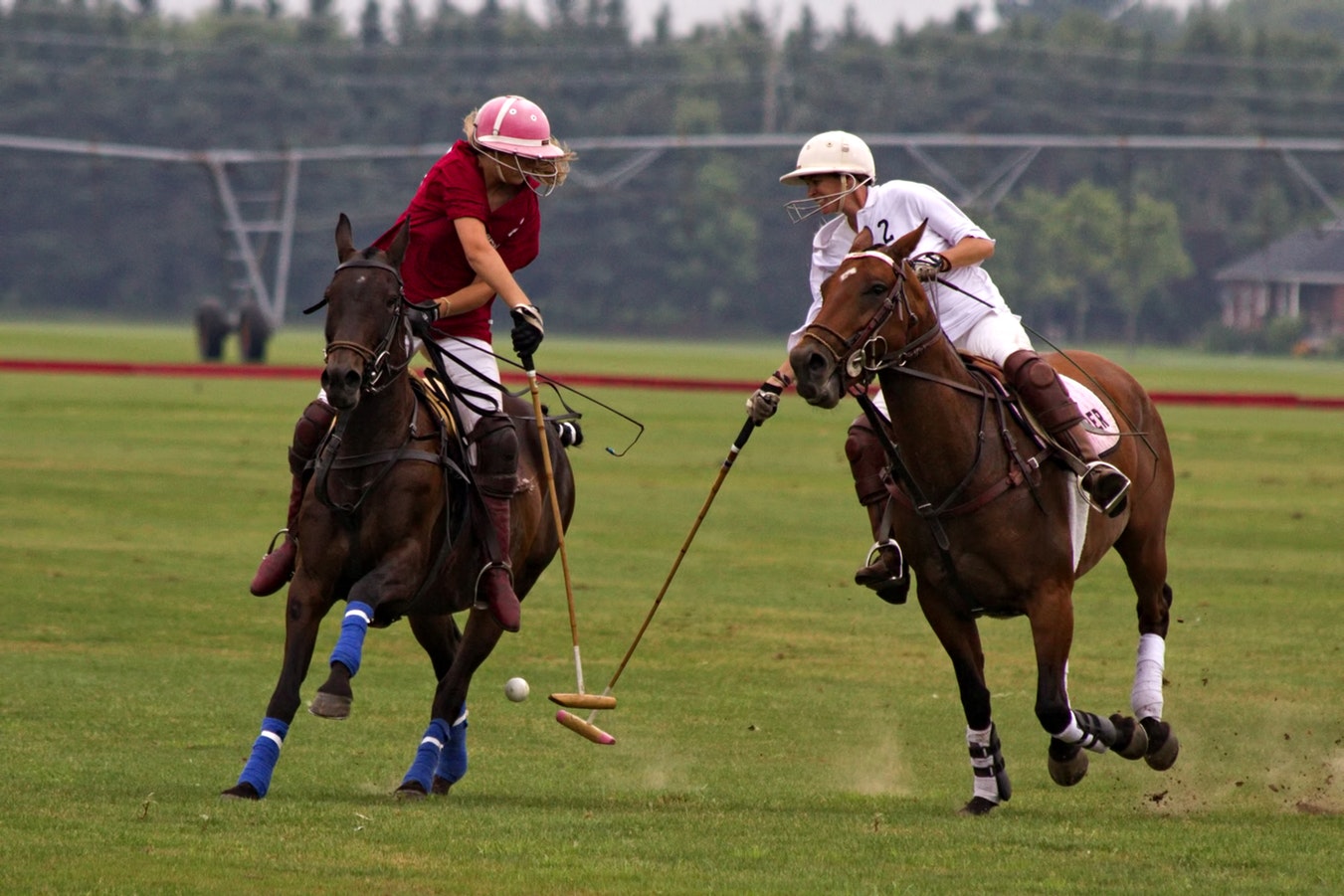In this article you will find:
Exploring the Historical Journey of Polo: From 19th Century India to Britain’s Equestrian Sports Scene
The equestrian sport of polo holds a rich historical significance that transcends borders and connects cultures. From its roots in ancient Persia to the British army officers’ introduction in the 19th century, polo has evolved to become an integral part of Britain’s equestrian sports scene.
h2 The Birth of Polo in Ancient Persia
Polo, known as ‘chogan’ in ancient times, has its origins in Persia, now known as Iran, dating back to the 6th century BC. It was initially a training game for cavalry units and the king’s guards, eventually gaining popularity among Persian nobility.
h2 The Journey to India
The game made its way to northern India by the 16th century, where it was adopted by the Mughal emperors, particularly Emperor Akbar. The Mughals were instrumental in refining the rules and popularizing the sport, making it an integral part of their court life.
h2 Arrival in Britain
The British army officers stationed in Manipur, India, in the 19th century were introduced to the sport by the local Manipuri people. Captivated by the skill and agility required, they brought the sport back to Britain. The first polo club in England, the Monmouthshire Polo Club, was established in 1872, marking the start of polo’s journey in Britain’s equestrian sports scene.
h2 Polo’s Popularity in Britain
Polo’s popularity in Britain soared during the late 19th and early 20th centuries, becoming a fashionable sport among the British aristocracy and royalty. King Edward VII, an avid polo player himself, declared polo as “a passport to the best society”. The sport was also popular among women, with the first women’s polo match taking place in 1914.
h2 Celebrity Influence
Polo’s popularity has been further propelled by its association with celebrities. The British royal family, particularly Prince Charles and his sons, Princes William and Harry, are known for their love for the sport. Celebrities such as Tommy Lee Jones, Sylvester Stallone, and model Jodie Kidd have also been seen swinging a mallet, contributing to the sport’s high-profile image.
h2 Interesting Facts
- Polo is often referred to as “the sport of kings” due to its association with royalty and nobility.
- The world’s first polo club was established in Silchar, Assam, India, in 1833.
h2 FAQ
Q1: Is polo still played in Britain today?
Yes, polo is still very much a part of Britain’s equestrian sports scene, with numerous clubs and tournaments held annually.
Q2: Who are some famous polo players?
Famous polo players include Adolfo Cambiaso, considered one of the best in the world, and Britain’s own Prince Charles.
Q3: Can women play polo?
Absolutely. Women have been involved in polo since the early 20th century, and there are many successful female polo players today.
Q4: How is polo played?
Polo is played by two teams of four players each, who use mallets to hit a small ball into the opposing team’s goal.
Q5: What is the highest goal score in polo?
The highest possible handicap in polo is 10 goals, a score achieved by only a few players in the history of the sport.
Polo’s journey from 19th-century India to Britain’s equestrian sports scene is a testament to the sport’s enduring appeal and the fascinating cross-cultural exchanges that have shaped its history. Today, polo continues to captivate audiences and players alike with its blend of speed, skill, and strategy.




